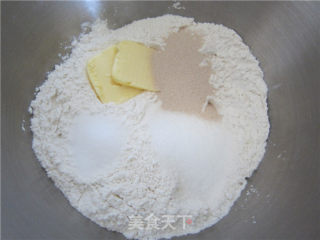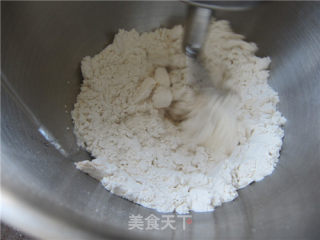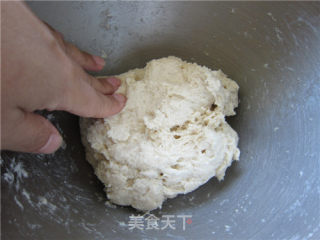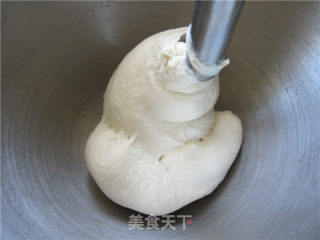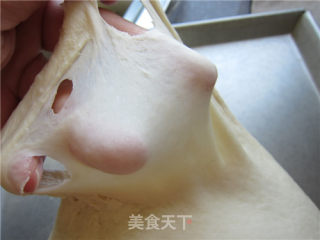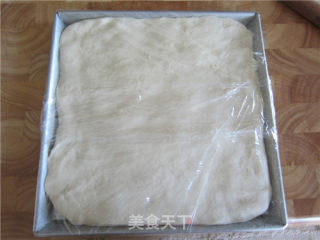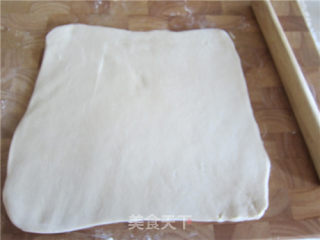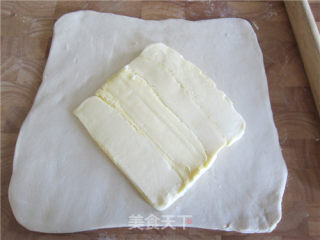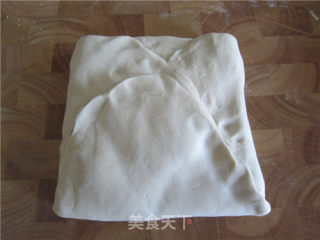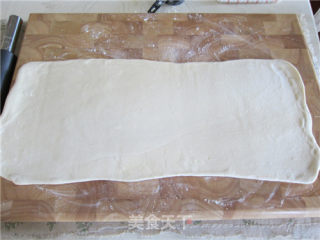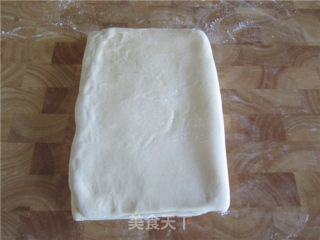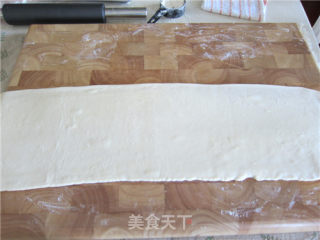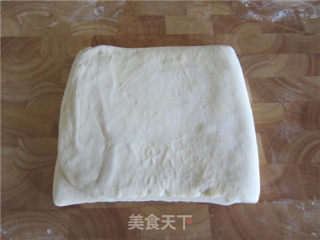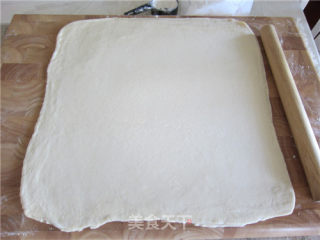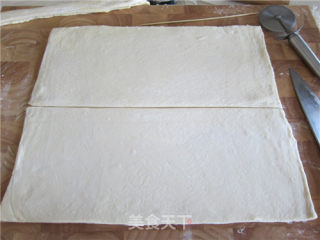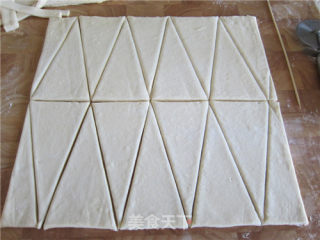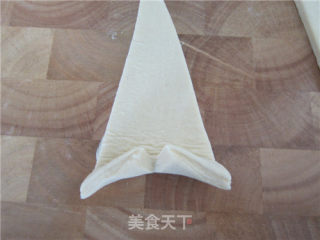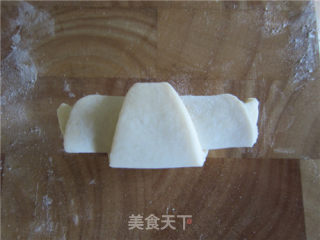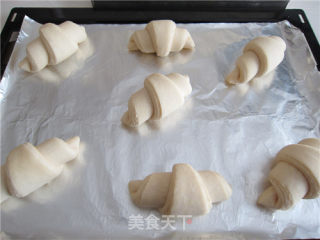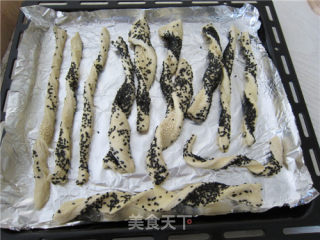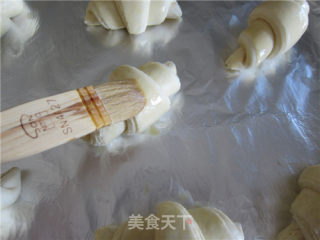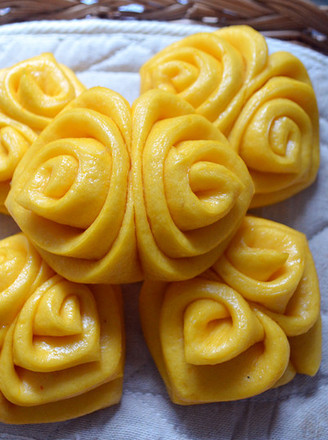Nicola Croissant
by Celery
Favorite
Difficulty
Normal
Time
2h
Serving
2
Among the many varieties of bread suitable for home baking, croissants can be considered a bit difficult. The "difficulty" is mainly in the so-called "folding quilt"-wrap a large amount of fat in the fermented dough, layer by layer, roll out, so that the dough wraps the fat layer by layer, showing the effect of layer by layer in the high temperature baking. , The entrance is crispy and the taste is mellow. Different ways of "folding quilts" and different times will give you a crispy experience with different tastes.
"Nikola" croissant is the most basic type of croissant. In the words of the original recipe author, this is his "original" bread with a crispy texture and soft texture. Looking at its formula and method, it is characterized by the use of a large amount of fermented butter and the "folding quilt" method of three-folding.
Folding in fermented butter not only makes nutrients easier to absorb, but also has a unique taste; fermented butter has high fat content, low water content, and excellent ductility, making it suitable for folding quilts. When buying fermented butter, it mainly depends on whether there is a leavening agent in the formula, and the fat content is above 80%. In fact, it is possible to use ordinary unsalted butter with a higher fat content.
Three folds are the easiest way to "fold the quilt". It is not only easy to operate, but also the finished product has a very good crisping effect. The layers are distinct and the taste is crispy, but the internal structure is very soft. "
"Nikola" croissant is the most basic type of croissant. In the words of the original recipe author, this is his "original" bread with a crispy texture and soft texture. Looking at its formula and method, it is characterized by the use of a large amount of fermented butter and the "folding quilt" method of three-folding.
Folding in fermented butter not only makes nutrients easier to absorb, but also has a unique taste; fermented butter has high fat content, low water content, and excellent ductility, making it suitable for folding quilts. When buying fermented butter, it mainly depends on whether there is a leavening agent in the formula, and the fat content is above 80%. In fact, it is possible to use ordinary unsalted butter with a higher fat content.
Three folds are the easiest way to "fold the quilt". It is not only easy to operate, but also the finished product has a very good crisping effect. The layers are distinct and the taste is crispy, but the internal structure is very soft. "


